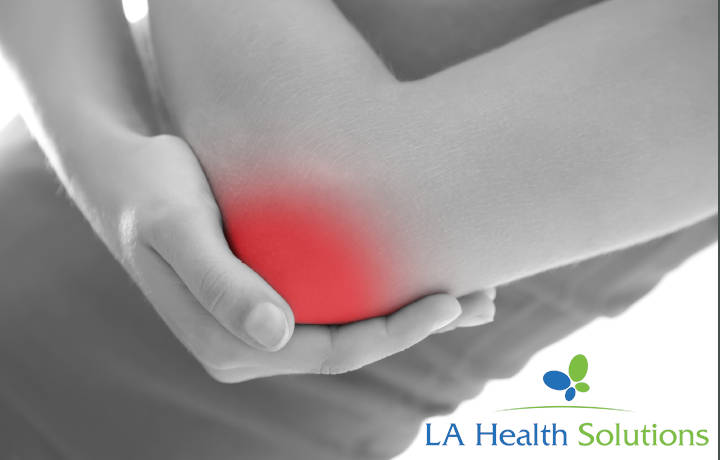[fusion_builder_container hundred_percent=”no” equal_height_columns=”no” menu_anchor=”” hide_on_mobile=”small-visibility,medium-visibility,large-visibility” class=”” id=”” background_color=”” background_image=”” background_position=”center center” background_repeat=”no-repeat” fade=”no” background_parallax=”none” parallax_speed=”0.3″ video_mp4=”” video_webm=”” video_ogv=”” video_url=”” video_aspect_ratio=”16:9″ video_loop=”yes” video_mute=”yes” overlay_color=”” video_preview_image=”” border_size=”” border_color=”” border_style=”solid” padding_top=”” padding_bottom=”” padding_left=”” padding_right=””][fusion_builder_row][fusion_builder_column type=”1_1″ layout=”1_1″ background_position=”left top” background_color=”” border_size=”” border_color=”” border_style=”solid” border_position=”all” spacing=”yes” background_image=”” background_repeat=”no-repeat” padding_top=”” padding_right=”” padding_bottom=”” padding_left=”” margin_top=”0px” margin_bottom=”0px” class=”” id=”” animation_type=”” animation_speed=”0.3″ animation_direction=”left” hide_on_mobile=”small-visibility,medium-visibility,large-visibility” center_content=”no” last=”no” min_height=”” hover_type=”none” link=””][fusion_text columns=”” column_min_width=”” column_spacing=”” rule_style=”default” rule_size=”” rule_color=”” hide_on_mobile=”small-visibility,medium-visibility,large-visibility” class=”” id=”” animation_type=”” animation_direction=”left” animation_speed=”0.3″ animation_offset=””]
Bursitis: Causes, Symptoms & Treatments
 Bursitis is the inflammation or irritation of a bursa sac. A bursa sac is a small, fluid-filled sac that cushions the bones, tendons and muscles near joints. Bursitis is common around major joints like shoulders, elbows, hips, knees, and heels. Bursitis occurs when a bursa sac becomes inflamed. Some of the most common risk factors for developing bursitis include increased age, certain occupations or hobbies that involve repetitive motions, and other medical conditions like gout, diabetes and arthritis.
Bursitis is the inflammation or irritation of a bursa sac. A bursa sac is a small, fluid-filled sac that cushions the bones, tendons and muscles near joints. Bursitis is common around major joints like shoulders, elbows, hips, knees, and heels. Bursitis occurs when a bursa sac becomes inflamed. Some of the most common risk factors for developing bursitis include increased age, certain occupations or hobbies that involve repetitive motions, and other medical conditions like gout, diabetes and arthritis.
What Are The Symptoms Of Bursitis?
Pain is the most common symptom of bursitis and can range from achy to severe. Bursitis might affect the elbow, knee, shoulder, hip, thigh, buttocks, and even the Achilles Tendon. Bursitis symptoms may include joints that feel stiff, swollen or red. Some symptoms may even include a fever, sudden inability to move a joint, excessive swelling, bruising, and even a shooting pain. If the symptoms persist or become severe, it is important to consult a doctor.
What Causes Bursitis?
Bursitis usually occurs in adults older than 40. It is most commonly caused by the repeated pressure on a specific area or by using the joint too much with repetitive motions or positions. Examples of some of the activities that can cause bursitis include tennis, skiing, shoveling, painting, scrubbing and even golfing. But, you can even get bursitis by sitting or standing for long periods of time or by not stretching before exercising. In addition, an injury or trauma to the affected areas, gout and even rheumatoid arthritis can sometimes cause bursitis.
How Is Bursitis Treated?
Unfortunately, not all types of bursitis can be prevented, but the uncomfortable symptoms can be reduced by changing the way certain tasks are completed. Some examples of what can be done to reduce pain from bursitis include warming up, stretching, maintaining a healthy weight, using knee pads, take breaks, good posture, and don’t sit for long periods of time. Bursitis can also be treated with rest, ice, and over-the-counter anti-inflammatory medicines. In the event that the pain persists or becomes more severe, it is important to see a doctor. The doctor might provide medications like steroids that work more quickly to reduce the inflammation and the pain. Physical therapy may also be incorporated into the treatment to help strengthen muscles and give a better range of motion around the affected joint.
[/fusion_text][/fusion_builder_column][/fusion_builder_row][/fusion_builder_container][fusion_builder_container hundred_percent=”no” hundred_percent_height=”no” hundred_percent_height_scroll=”no” hundred_percent_height_center_content=”yes” equal_height_columns=”no” menu_anchor=”” hide_on_mobile=”small-visibility,medium-visibility,large-visibility” status=”published” publish_date=”” class=”” id=”” link_color=”” link_hover_color=”” border_size=”” border_color=”” border_style=”solid” margin_top=”” margin_bottom=”” padding_top=”1%” padding_right=”3%” padding_bottom=”1%” padding_left=”3%” gradient_start_color=”” gradient_end_color=”” gradient_start_position=”0″ gradient_end_position=”100″ gradient_type=”linear” radial_direction=”center center” linear_angle=”180″ background_color=”#005192″ background_image=”” background_position=”center center” background_repeat=”no-repeat” fade=”no” background_parallax=”none” enable_mobile=”no” parallax_speed=”0.3″ background_blend_mode=”none” video_mp4=”” video_webm=”” video_ogv=”” video_url=”” video_aspect_ratio=”16:9″ video_loop=”yes” video_mute=”yes” video_preview_image=”” filter_hue=”0″ filter_saturation=”100″ filter_brightness=”100″ filter_contrast=”100″ filter_invert=”0″ filter_sepia=”0″ filter_opacity=”100″ filter_blur=”0″ filter_hue_hover=”0″ filter_saturation_hover=”100″ filter_brightness_hover=”100″ filter_contrast_hover=”100″ filter_invert_hover=”0″ filter_sepia_hover=”0″ filter_opacity_hover=”100″ filter_blur_hover=”0″][fusion_builder_row][fusion_builder_column type=”1_1″ layout=”1_1″ background_position=”left top” background_color=”” border_size=”” border_color=”” border_style=”solid” border_position=”all” spacing=”yes” background_image=”” background_repeat=”no-repeat” padding_top=”” padding_right=”” padding_bottom=”” padding_left=”” margin_top=”0px” margin_bottom=”0px” class=”” id=”” animation_type=”” animation_speed=”0.3″ animation_direction=”left” hide_on_mobile=”small-visibility,medium-visibility,large-visibility” center_content=”no” last=”no” min_height=”” hover_type=”none” link=””][fusion_text columns=”” column_min_width=”” column_spacing=”” rule_style=”default” rule_size=”” rule_color=”” hide_on_mobile=”small-visibility,medium-visibility,large-visibility” class=”” id=”” animation_type=”” animation_direction=”left” animation_speed=”0.3″ animation_offset=””]
LA Health Solutions
At LA Health Solutions, we pride ourselves on our the variety of comprehensive services that we offer including pain management, physical therapy, and chiropractic work. Many health problems that we encounter with our patients can be treated with the right mix of non-surgical approaches without surgery. We truly care about each one of our patients and what they need to live a pain-free and happy life. Whether you’ve been hurt on the job or you have chronic pain that impacts your daily routine, our medical team can help you find the relief you need. We offer appointments our clinics and through telemedicine (Click HERE fore more information).Whether you are from New Orleans, Slidell, Baton Rouge, Metairie, or Kenner, contact LA Health Solutions today!
[/fusion_text][/fusion_builder_column][/fusion_builder_row][/fusion_builder_container]

